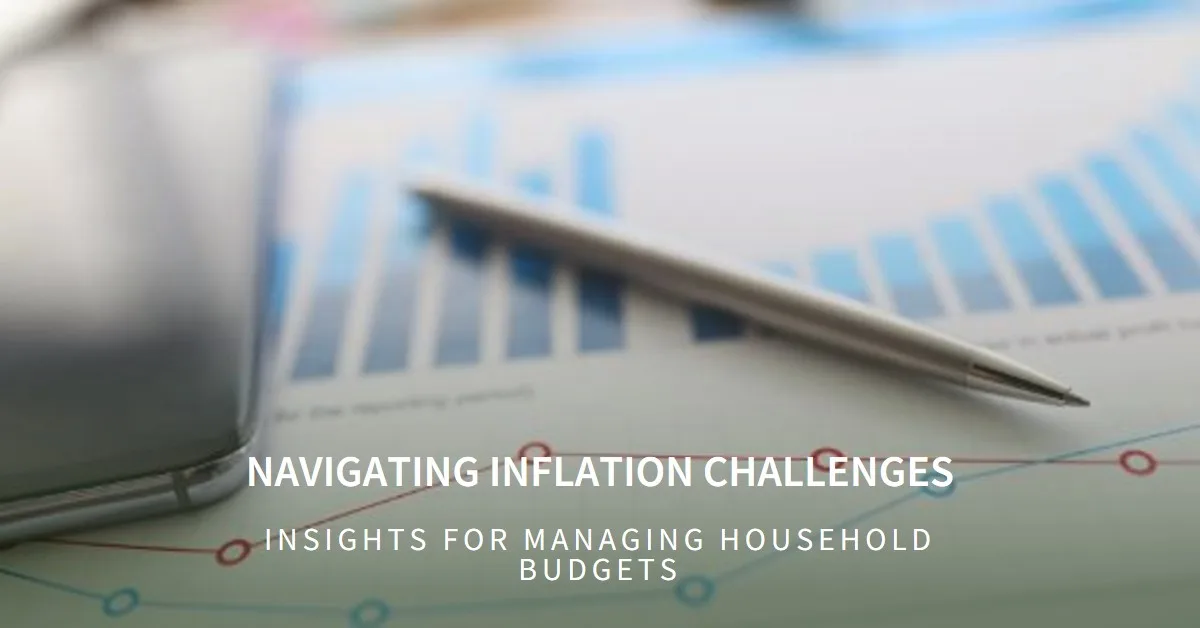
Cryptocurrency has become a global phenomenon, moving from a niche market to a mainstream financial asset class over the last decade. With its rise, nations worldwide are grappling with how to regulate this decentralized and rapidly evolving ecosystem. In 2024, as cryptocurrencies continue to grow in popularity and importance, governments are working to establish clearer rules for digital assets to address concerns ranging from financial stability to consumer protection. This article explores the global approaches to cryptocurrency regulation, compares key strategies from different regions, and examines how decentralized finance (DeFi) is reshaping the regulatory landscape.
Introduction: The Global Cryptocurrency Market and Its Growth

The global cryptocurrency market has seen unprecedented growth since the advent of Bitcoin in 2009. As of 2024, the market capitalization of cryptocurrencies stands at over $1 trillion, with thousands of digital currencies traded worldwide. Major cryptocurrencies like Bitcoin (BTC), Ethereum (ETH), and Binance Coin (BNB) have achieved widespread adoption, not only as speculative assets but also as mediums of exchange and stores of value.
Alongside the rise of cryptocurrencies, blockchain technology—the decentralized ledger system underlying these assets—has gained traction across industries. From finance to supply chain management, blockchain’s potential to increase transparency and reduce costs has driven its integration into traditional business processes.
However, with the growth of cryptocurrencies and blockchain, concerns have arisen regarding money laundering, fraud, market manipulation, and consumer protection. As a result, countries worldwide are developing regulatory frameworks to manage these risks while fostering innovation.
Key Regulatory Approaches: U.S., EU, and Asia’s Stance on Crypto
In 2024, cryptocurrency regulations vary significantly by region, with the United States, European Union, and Asia adopting different approaches:
- United States: The U.S. has been slow to implement comprehensive cryptocurrency regulations, primarily due to the decentralized nature of digital assets and the overlap of regulatory bodies. The Securities and Exchange Commission (SEC) and the Commodity Futures Trading Commission (CFTC) have taken different stances, with the SEC focusing on classifying many cryptocurrencies as securities, subject to strict oversight. The U.S. Treasury, meanwhile, has pushed for stronger anti-money laundering (AML) regulations, especially following high-profile hacks and fraud cases involving crypto exchanges. A key development in 2024 is the proposed Digital Asset Market Structure Act, which aims to create a clear regulatory framework for cryptocurrencies, covering everything from consumer protections to taxation.
- European Union: The EU has taken a more cohesive and forward-thinking approach to crypto regulation. In 2024, the Markets in Crypto-Assets (MiCA) Regulation was fully implemented, providing a unified legal framework for crypto businesses operating in the EU. MiCA ensures that crypto companies comply with rules related to transparency, consumer protection, and capital requirements, while also facilitating innovation by providing clear legal guidelines. The EU has also focused on stablecoin regulation, recognizing the growing role of these cryptocurrencies in everyday transactions.
- Asia: In Asia, regulatory approaches vary widely from country to country. China continues its hardline stance, having banned all cryptocurrency transactions in 2021, while focusing its efforts on launching a state-controlled Central Bank Digital Currency (CBDC). In contrast, countries like Japan and South Korea have embraced cryptocurrency, establishing licensing systems for exchanges and focusing on anti-money laundering controls. India, which has oscillated between embracing and restricting crypto, is expected to announce a new regulatory framework in 2024 that balances innovation with concerns over tax evasion and financial stability.
Impacts on the Market: How Regulation Affects Cryptocurrency Prices and Adoption

Cryptocurrency regulation has a direct impact on the market, influencing prices, investor sentiment, and overall adoption. Stricter regulations, such as those imposed by China, tend to depress market prices temporarily, as investors fear restrictions on trading and use. However, in regions with clear and supportive regulatory frameworks, such as the EU, cryptocurrencies have flourished.
One of the most significant regulatory impacts in 2024 is on crypto exchanges. As governments impose stricter licensing requirements and anti-money laundering measures, several exchanges have been forced to adapt, ensuring compliance with new regulations. This has increased the trustworthiness of exchanges, attracting more institutional investors who seek regulatory certainty.
Moreover, stablecoins, which are pegged to fiat currencies, have experienced regulatory scrutiny due to their potential to disrupt traditional banking systems. Stablecoin issuers are now required to maintain significant reserves, which has increased confidence in their stability but also raised concerns about their ability to scale.
In terms of adoption, clearer regulations have generally led to increased mainstream acceptance. Countries with supportive regulations have seen a surge in crypto usage for everyday transactions, cross-border payments, and decentralized finance applications.
Decentralized Finance (DeFi): Role of DeFi in Shaping Future Regulations
Decentralized finance, or DeFi, has emerged as one of the most disruptive forces in the cryptocurrency world. DeFi platforms allow users to trade, lend, and borrow cryptocurrencies without intermediaries like banks, using smart contracts instead. This has opened up a new world of financial services but also presents new challenges for regulators.

In 2024, regulators are paying close attention to the growth of DeFi, particularly concerning liquidity pools, yield farming, and the lack of oversight on platforms handling billions of dollars in assets. DeFi’s decentralized nature makes it difficult to regulate using traditional methods, as these platforms often operate across multiple jurisdictions.
One potential solution being discussed is the introduction of self-regulating DeFi protocols, where platforms are programmed to comply with regulations like AML and know your customer (KYC) rules automatically. However, this approach raises questions about how to enforce these standards in a decentralized ecosystem where there is no central authority.
DeFi’s potential to democratize access to financial services is immense, but without proper safeguards, it could also lead to increased fraud and volatility. As a result, future regulations may focus on ensuring that DeFi platforms meet certain security and transparency standards without stifling innovation.
Future Outlook: Predicted Changes in Cryptocurrency Policies Worldwide
Looking ahead, the regulatory landscape for cryptocurrencies is likely to become more structured, with nations adopting comprehensive frameworks to manage the risks associated with digital assets. Several trends are expected to shape the future of cryptocurrency regulation:
- Global Cooperation: As cryptocurrencies are borderless by nature, international cooperation will be essential. We are likely to see more global regulatory bodies coordinating efforts to create standard guidelines, especially around AML and tax evasion.
- Central Bank Digital Currencies (CBDCs): As nations like China and India develop their CBDCs, the distinction between state-backed digital currencies and decentralized cryptocurrencies will become more defined, influencing regulations around private digital assets.
- Stricter Consumer Protection: With the growing popularity of cryptocurrencies, governments will likely impose more robust consumer protection laws, focusing on transparency in fees, transaction processes, and fraud prevention.
- Environmental Concerns: Mining cryptocurrencies, particularly Bitcoin, has been criticized for its high energy consumption. Future regulations could include incentives for sustainable mining practices, as nations aim to reduce the environmental impact of blockchain technology.
- Taxation: Tax policies for cryptocurrency transactions will continue to evolve, with countries likely to implement more consistent and clear tax rules for gains from trading, mining, and staking activities.
Conclusion: A Shifting Landscape for Cryptocurrency Regulation
In 2024, the world of cryptocurrency regulation is at a pivotal moment. As nations navigate the challenges of balancing innovation with financial stability and consumer protection, new regulatory frameworks are emerging to define the future of digital assets. The global approach to crypto regulation will continue to evolve, influenced by the rise of decentralized finance, environmental concerns, and the need for international collaboration. How these policies develop will have a profound impact on the future of the cryptocurrency market and its role in the global financial system.











